“Hunting by ear” enables me to maximize my time in the field. On the Explorer or E-TRAC, I can assign a single tone, two tones, four tones or multiple tones as a response to either conductive or ferrous based targets. If I am hunting in Two Tone Ferrous (TTF) on my E-TRAC, targets with a ferrous value equal to or less than 17 will produce a high tone. A low tone will be produced on targets with a ferrous value greater than 17. These ferrous parameters (1-17, 18-35) are established within the software, with no option for the user to change them. Others who enjoy hunting in TTF may have discovered that some “good targets” can provide a ferrous reading larger than the “break point” of 17. To make sure you don’t pass those targets up, you either have to stop and look at the display on all target responses. Or, you build a discrimination pattern which allows you to hear a specific range of ferrous target responses, while still rejecting those deeply buried pieces of iron. Either method works. But for me, running with an appreciable level of discrimination, or having to constantly glance at the display, were counterproductive to my approach of “hunting by ear”.
Enter the CTX 3030…
The CTX 3030 allows the user to hear an audio response based on either the ferrous or conductive properties of the target. It also offers the choice of hearing a single tone for all targets, two tones, four tones or multiple tones. (Multiple tone = 35 ferrous or 50 conductive) In addition, the CTX 3030 user also has the ability to adjust both ferrous and conductive parameters by “resizing” each target group. This is done via simple programming in the Tone ID Profile.
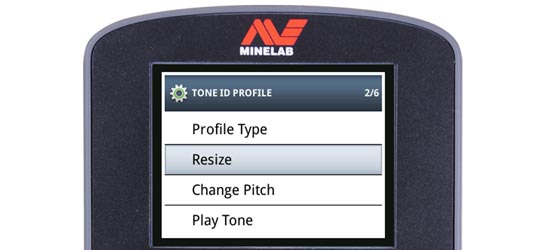 CTX 3030 screenshot: Resize Menu
CTX 3030 screenshot: Resize Menu
In the following picture, I have changed the ferrous “break point” (from line 17) to ferrous line 23, in a TTF program.
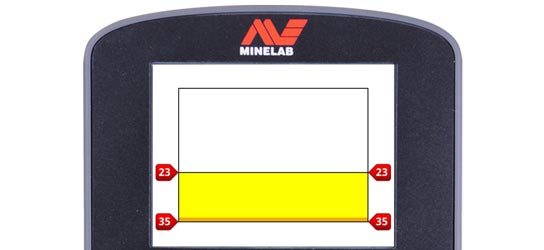 CTX 3030 screenshot: TTF Resized
CTX 3030 screenshot: TTF Resized
The same mapping flexibility applies to Conductive audio tones in that I can map the conductive “break points” to any conductive value(s) I desire. The following picture is a screen shot of 4 tone conductive. Notice that I set the third “bin” to represent targets with conductive values of 24 – 38. And, it will provide an audio response of 660 Hz, a medium-high tone.
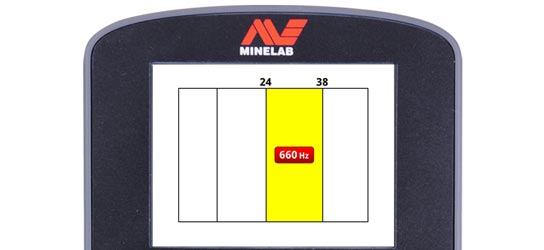 CTX 3030 screenshot: tone conductive parameters
CTX 3030 screenshot: tone conductive parameters
In addition to mapping the parameters for each target group, I can change the pitch of the audio response for each of them. I also have the ability to play any or all of the tones.
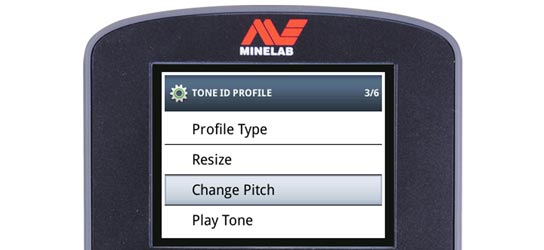 CTX 3030 screenshot: change pitch
CTX 3030 screenshot: change pitch
Mapping individual screen segments and assigning a preferred audio response to each map segment has greatly enhanced my ability to “hunt by ear”. But in addition to ferrous/conductive one tone, two tones, four tones and multiple tones, the CTX 3030 offers yet another audio response option called “Combined”. Combined allows the user to hear a combination of both ferrous and conductive tones. And just as in the examples mentioned above, we have the ability to map each of the target segments. That information will be covered in my next Treasure Talk blog “Combined Audio – The best of both worlds”.
Randy Horton, AKA Digger




















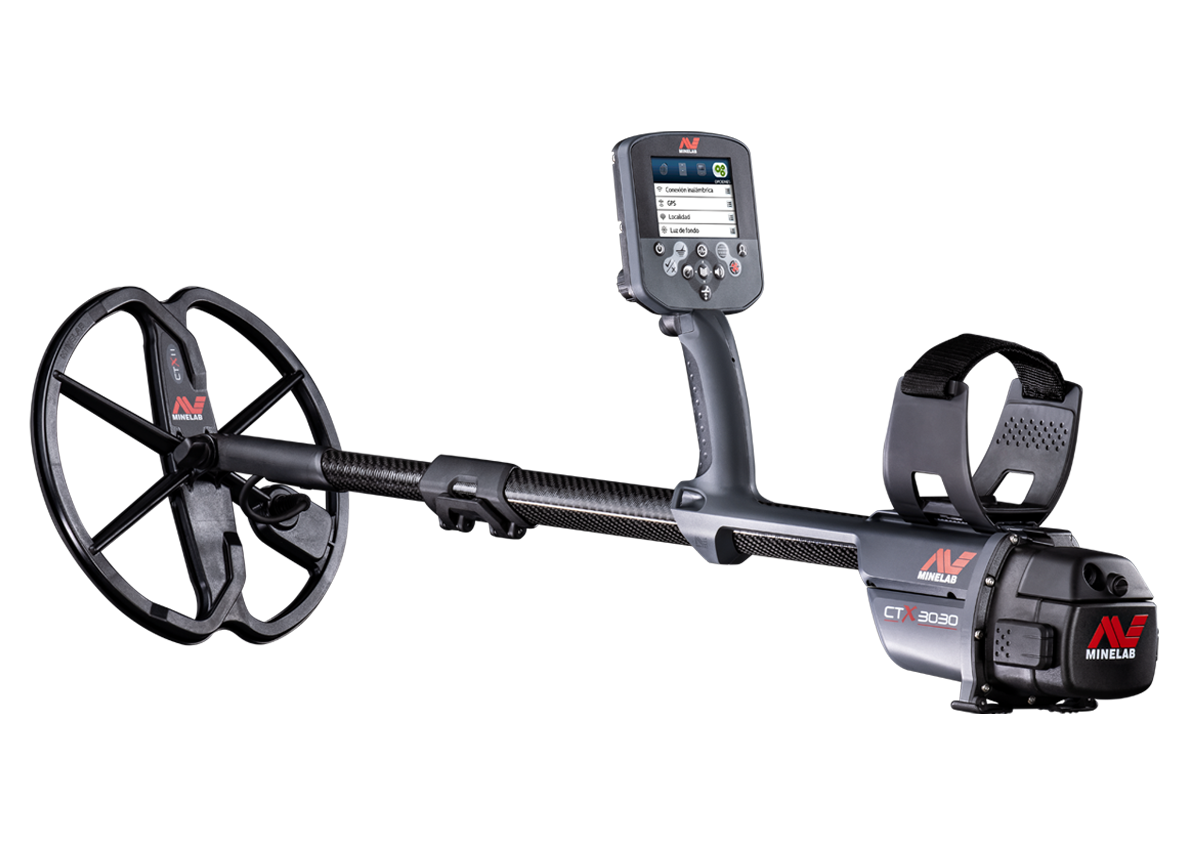
Comments